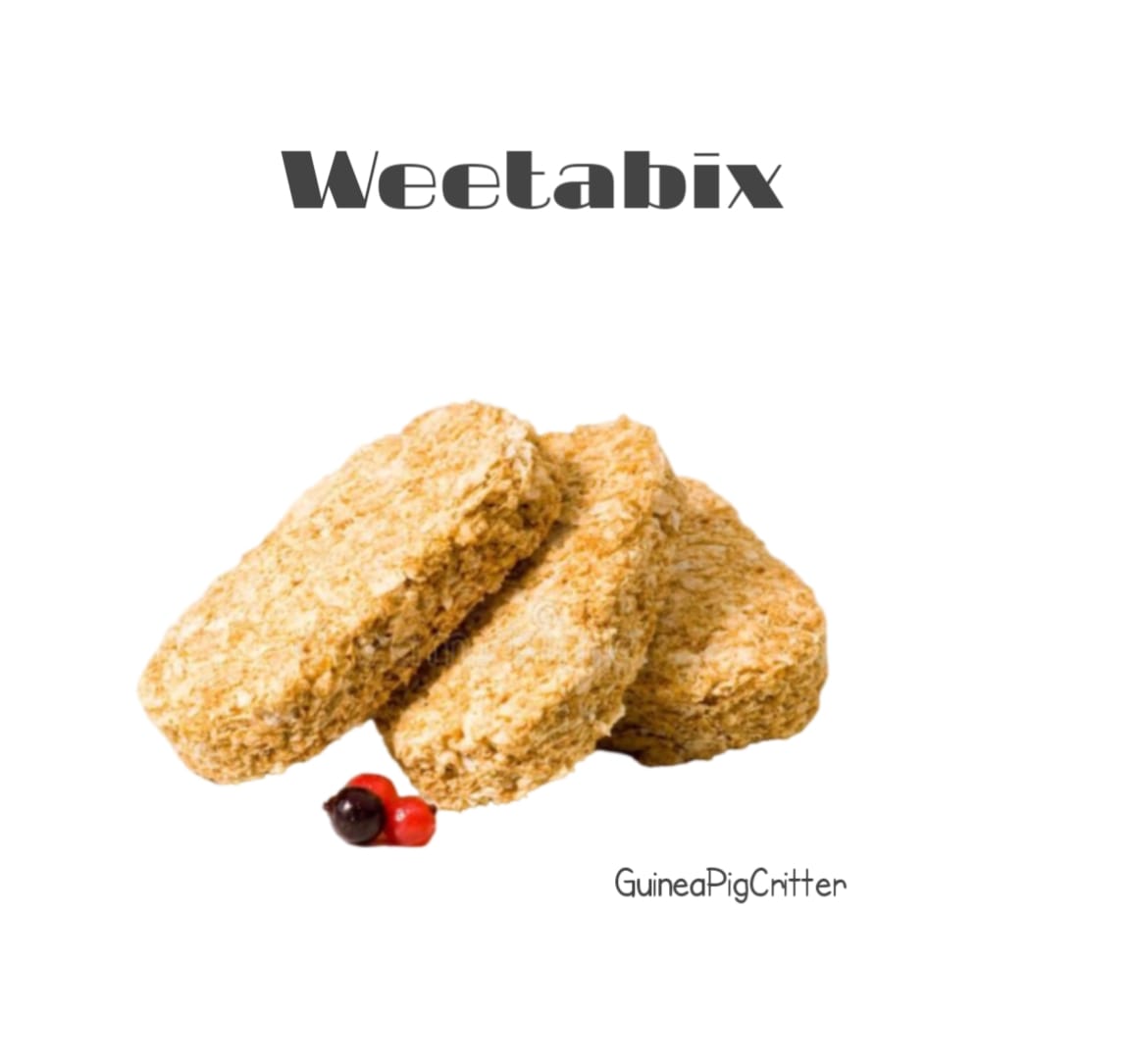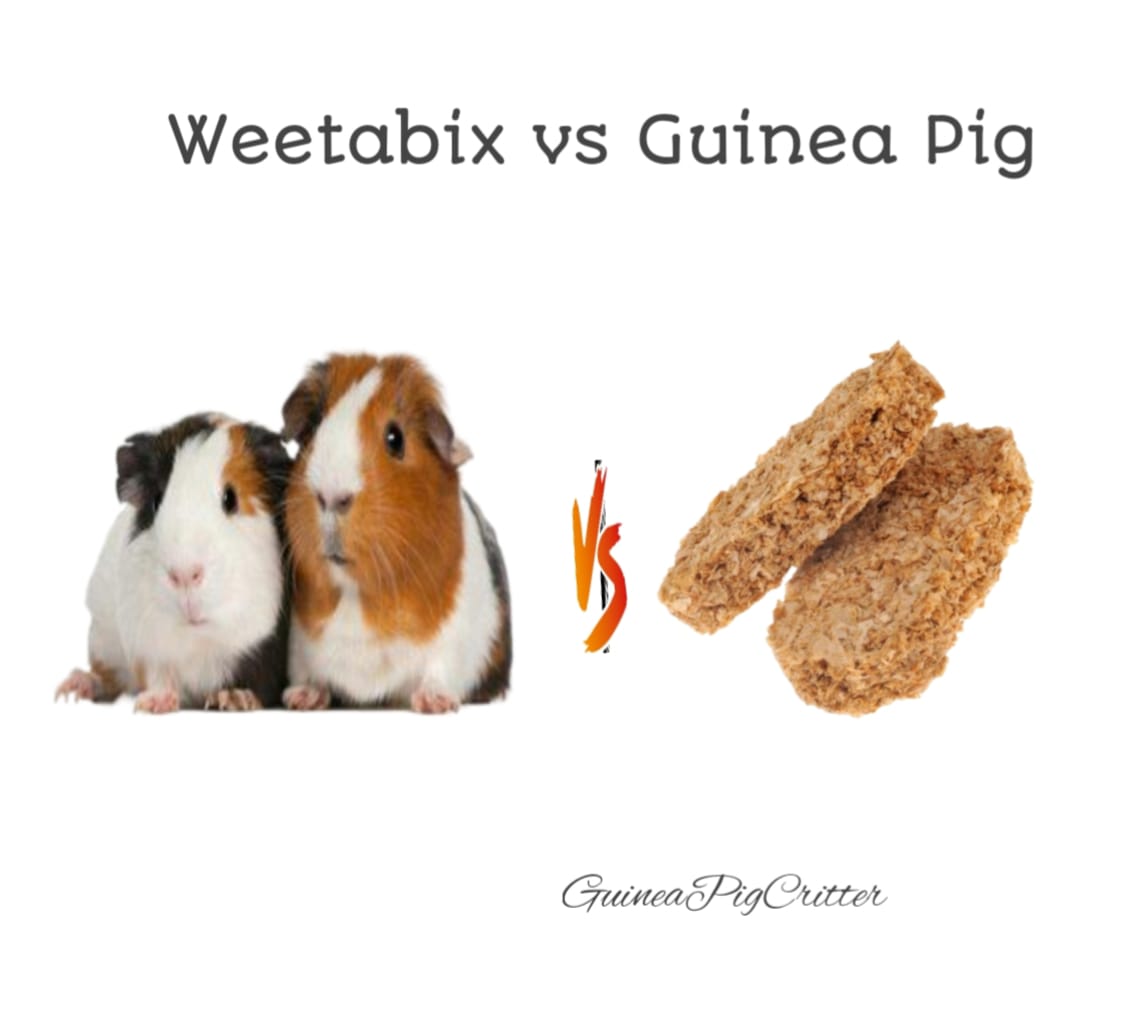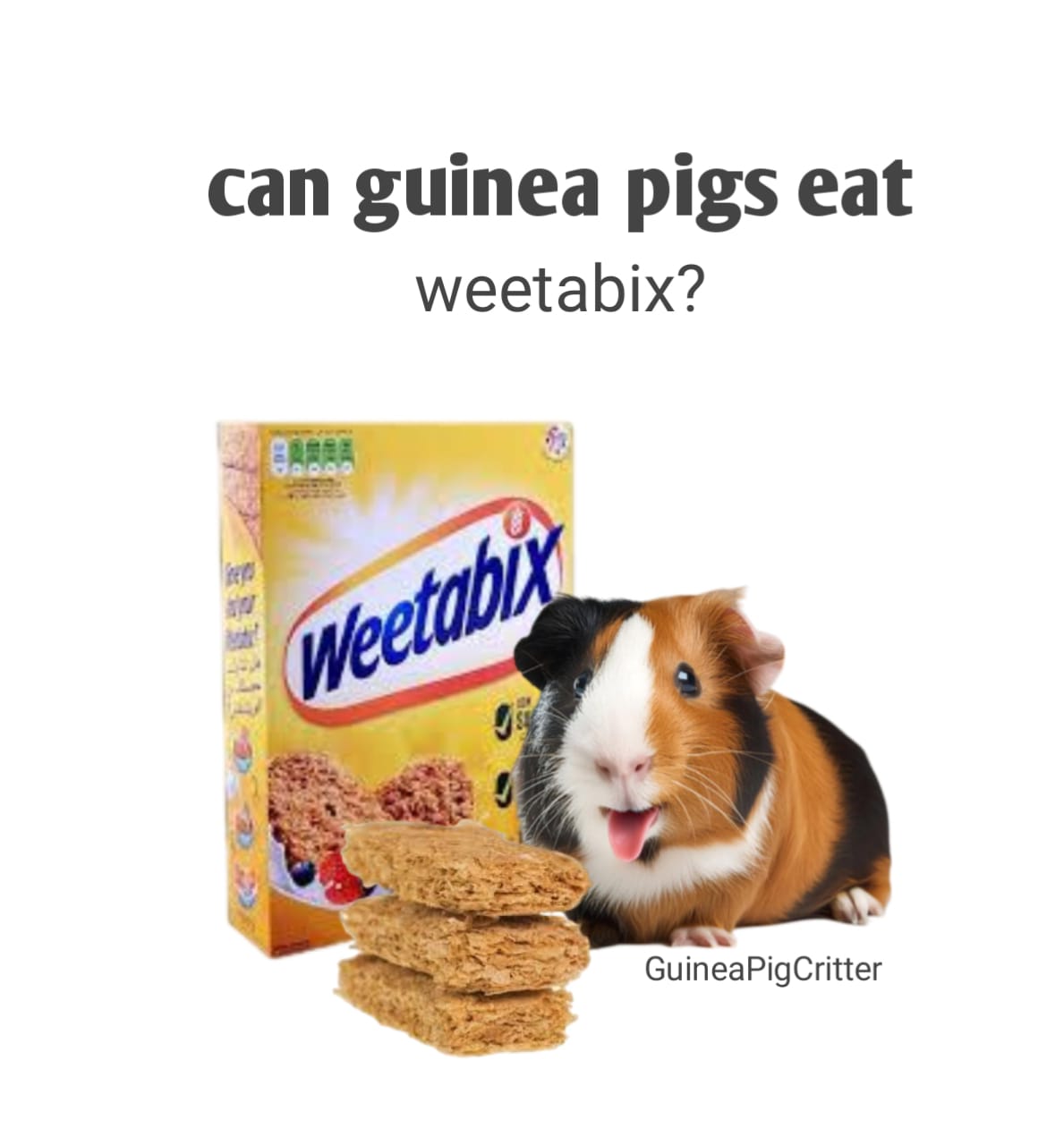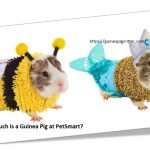In this post, I will give a detailed description of the ingredients used in Weetabix, the peculiar food habits of guinea pigs, and more importantly, the most pertinent question: are guinea pigs authorized to have Weetabix at all?
Guinea pigs as sensitive creatures have dietary requirements that can often have us, as pet parents, questioning whether certain things such as cereals like Weetabix can be a good treat for them.
Weetabix is one of the common breakfast aliment and is made up of primarily whole grains so it may seem a healthy, high fiber food option. However, not everything that is nutritious for human can be given to guinea pigs.
See this post:-Can guinea pigs eat Blueberries?
Knowing Weetabix – its composition and nutrition
Beginning with the composition of cereals called Weetabix. It is worth mentioning that Weetabix gets its popularity from wheat bran, a by-product of food manufacturing that offers a remarkable amount of crude fiber to the end product. The following is a summary of the most essential ingredients and some nutritional data:
Whole grain wheat: this is the most important ingredient as it adds fibers and carbohydrates.
Barley malt extract: this is a condensed barley syrup that acts as a sweetening agent.
Added vitamins and minerals: others include iron, niacin, folic acid.
Typically, a serving of Weetabix (somewhere around two pieces) provides about:
Energy – 136 kcal
26 g carbohydrate
3.8 g fiber, stream 1.6 g sugar (derived entirely from wheat)
4.5 g of protein
Some minor fats
As is clear, these are essential nutritional components that are recommended for human consumption but guinea pigs are different from us in some aspects.
What is the diet of guinea pigs?
Guinea pigs have a delicate digestive system and have a diet that is high fiber and low in sugar. Not sure what to feed a guinea pig? Here’s a list of the perfect foods for a guinea pig’s diet:
Fresh hay: it should form the bulk of their diet. Hay is important not just for fiber but also for the maintenance of their teeth.
Fresh vegetables: vegetables such as bell peppers, cucumbers, and lettuce offer extra fiber, hydration, and important vitamins.
Vitamin c: like human beings, guinea pigs cannot synthesize vitamin c so it has to be an integral part of their diet. This can be achieved by feeding them bell peppers and small amounts of fruits.
Limited pellets: guinea pig’s pellets are helpful because they also have vitamin c and other nutrients but have to be provided in moderation.
Guinea pigs do not require grains, sugars, and artificial additives so some human foods are unable to be fed to them.
Finding out what the requirements for guinea pigs are and how is the nutritional analysis of Weetabix?
So what do pigs need? Let’s look at the Weetabix and see if it fits these requirements or if it does not.
Fiber: Weetabix food has got high fiber content, which is a great aid to digestion. However, guinea pigs already get lots of fiber since their main source of food is hay.
Sugar and carbohydrates: the amount of carbohydrates provided in each serving is 26g which is quite troubling. Even though the sugar content in Weetabix is not very high, the total carbohydrate load is quite considerable for guinea pigs, and if given on a regular basis might cause obesity and other health issues.
Vitamins & minerals: Weetabix does contain vitamins but these vitamins are added on for humans purposes and whether they can be useful or even absorbed by guinea pigs is a different story altogether.
Feeding Weetabix to guinea pigs problems to look out for
Now let’s discuss the problems that are particular to use the Weetabix on guinea pigs.
Carbohydrates are not a primary need in a guinea pig’s diet. Eating excess carbs can mean:
Excess weight: since guinea pigs have no means of diet control they gain weight very quickly if there are more carbs and less activity.
Tummy troubles: these have been various studies which have shown that carbs can cause and lead to tummy trouble as guinea pigs were designed to digest a single fibrous plant material.
Sugar content
Although Weetabix is presumably low in added sugar, the benefits are nil since the carbs in wheat are made up of simple sugars so during digestion it would break down into simple sugars.
Sugar-related issues: the consumption of even moderate amounts of sugar, may not be suitable for guinea pigs, especially those with a history of diabetes.
Teeth problems: the risk of tooth decay is already a danger posed by their teeth which are constantly growing as sweet treats like sweets may increase the chances.
Risk of choking and digestive blockages
Weetabix has a slight grittiness which may increase chances of guinea pigs choking on it. Chewing the cereal and enough squishing to ensure there are no chances of clumping which would lead to obstruction since guinea pigs do not cope well with dry, processed foods.
Nutrient deficiency
Guinea pigs sometimes exhibit a deficiency in the most important nutrient, vitamin c to be specific. Weetabix doesn’t hold sufficient levels of vitamin c which conserves guinea pigs from scurvy and all related conditions.
Additives and allergens
Despite the absence of artificial additives in Weetabix, ale uric legumes of guinea pigs could be triggered by wheat and barley extracts since these are components of Weetabix.
Can Weetabix be given to guinea pigs?
If someone is still keen on putting a bit of Weetabix in a guinea pig’s mouth, these rules should go through one’s mind.
The last arguments: having more than a bite under the finger is horrible as it would probably never lead to one’s well-being.
After any new feed is given, look out for any behavior, defecation, or eating changes.
Reduce frequency of feeding: Weetabix should only be given for tasting purposes and not as a snack on more than one occasion to avert future complications.
Some owners provide tiny amounts of “people food” as a way of enhancement but this should be avoided. Healthier treat alternatives to Weetabix for guinea pigs if you are looking forward to adding variety to the diet of your guinea pig, here are some possible options you can always use.
Fresh fruits and vegetables
Fresh vegetables or fruits can also act as treats to be given sparingly but these should only be those that are safe for the guinea pigs:
Bell peppers: excellent source of vitamin c and very low in sugar.
Carrots: very sweet in sugar but if only given in small quantities as a treat every now and again, it should be okay.
Leafy greens: romaine lettuce, parsley, and cilantro impart vitamins and minerals yet do not contain or are high in sugar.
Specialty guinea pig treats
Different pet stores stock guinea pig treats which are appropriate for their digestion and these have exaggerated states. These should target:
High in fiber: these should be similar to hay and vegetable matter.
Vitamin-rich: there are some treats that have been enhanced with vitamin c.
Homemade snacks for a guinea pig
A nutritious snack for your guinea pigs can be prepared at home using thin slices of different vegetables which have been dehydrated and give a crunchy texture. Salt, sugar, and other spices should not be added.
Dietary regime for a guinea pig
One of the best ways to take care of your guinea pig is to give him a constant diet. Any sudden changes especially with processed foods can be stressful and lead to digestive problems.
The ground rules
A proper diet should consist of hay, clean water, and vegetables that are safe for guinea pigs. These types of diets maintain a healthy balance within their digestive system, do not lead to dental disease, and also provide all the nutrients needed on a daily basis.
Keeping off human foods
In all cases, any form of processed human food whether Weetabix or cereal and more, is not suitable for guinea pigs. Even if the ingredient list is simple, these kinds of foods are not meant for the digestive tract of guinea pigs, and using them for a long period can lead into great health problems.
Frequently asked questions (FAQ)
Q1: what other human foods shouldn’t guinea pigs eat?
A: processed foods, dairy products, meat, sweets, and food with excessive salt and fat are to be avoided by guinea pigs. Only feed them off fresh vegetables and fruits that are safe for guinea pigs.
Q2: are there any types of cereals that are suitable for guinea pigs?
A: no, oats, cornflakes, wheat and other cereal grains are not suitable for guinea pigs dietary requirements as they are mostly carbohydrates with little or no nutrients needed by these animals
Q3: if so, how do these vegetables that can serve as treats for guinea pigs be given in a manner that is safe for the animals’ health?
A: sure. Safe treats can include fresh fruits and vegetables, guinea-pig treats, and treats made from safe ingredients. Be cautious to introduce new foods gradually and in moderation.
Conclusion: is Weetabix good for your guinea pig?
To summarize, guinea pigs should not be fed Weetabix, as its simple components and fiber-rich nature might lead them to believe that the food is quite harmless. The high carb content, accompanied by no nutritious value and chance of gastrointestinal problems, is a negative aspect which far surpasses any possible advantages.
Being a guinea pig owner means being responsible to protect them through an appropriate diet. One of the goals of this diet is to make sure it can promote their wellbeing. Maintaining a fondness for vegetables and avoiding processed snacks like Weetabix is one of the ways we can assist our little loved ones.


